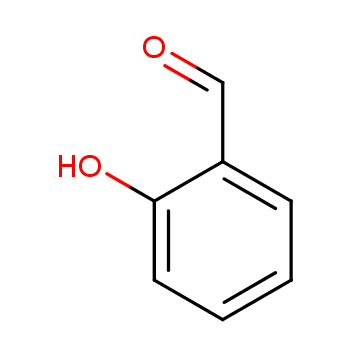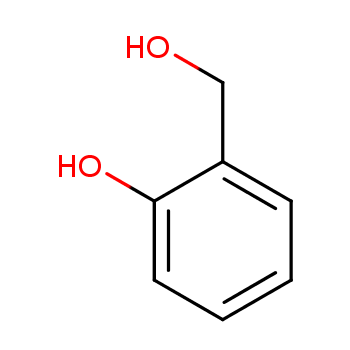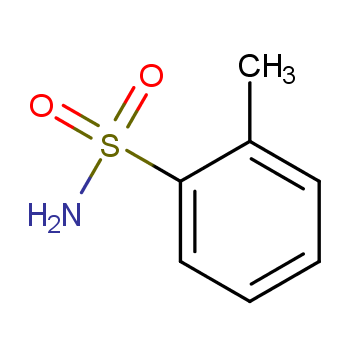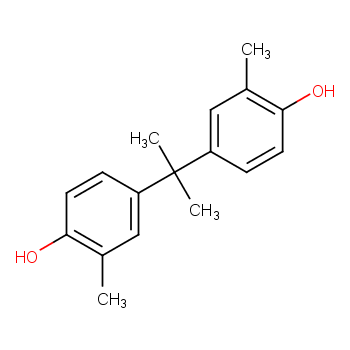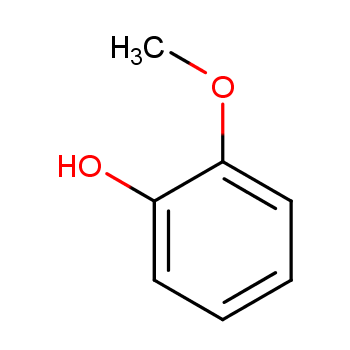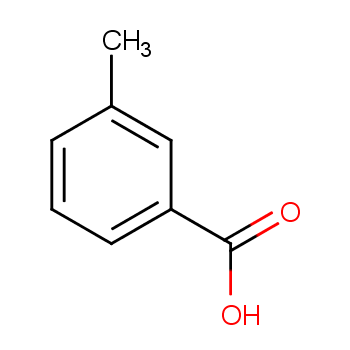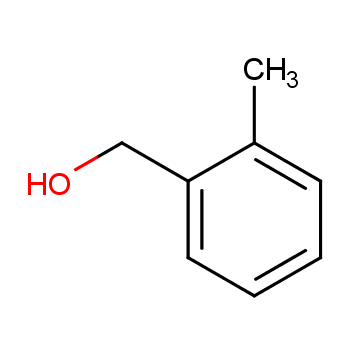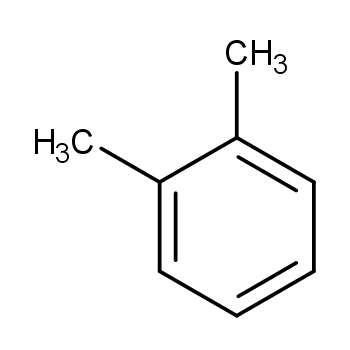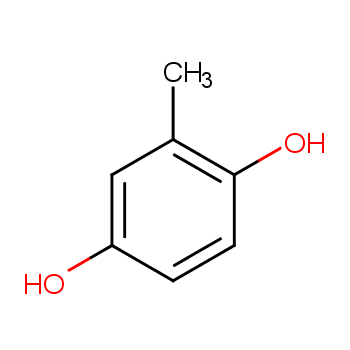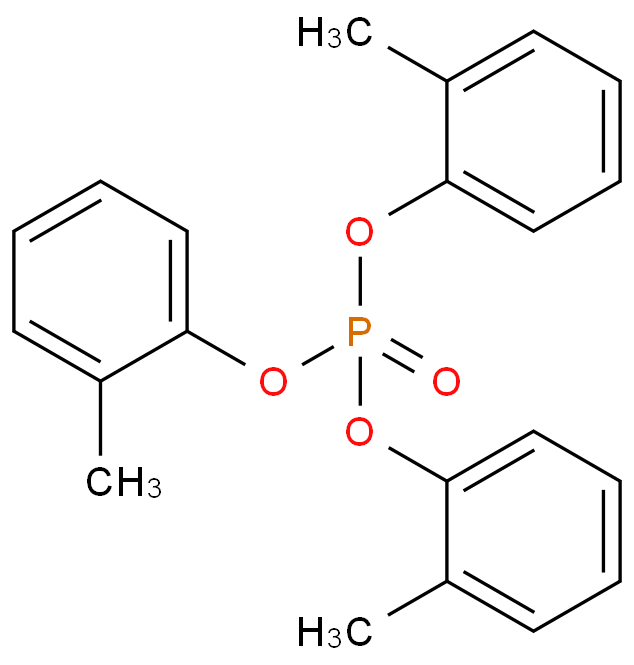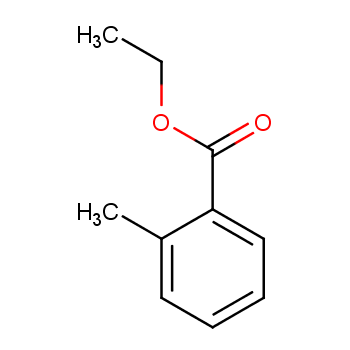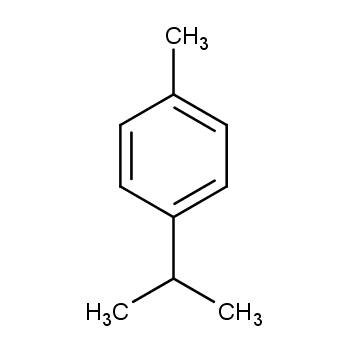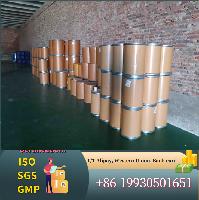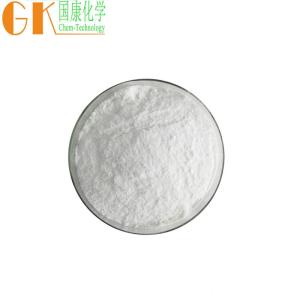| cat |
LDLo |
subcutaneous |
55mg/kg (55mg/kg) |
? |
Journal of Pharmacology and Experimental Therapeutics. Vol. 80, Pg. 233, 1944. |
| dog |
LDLo |
intravenous |
80mg/kg (80mg/kg) |
? |
"Handbook of Toxicology," 4 vols., Philadelphia, W.B. Saunders Co., 1956-59Vol. 5, Pg. 57, 1959. |
| frog |
LDLo |
subcutaneous |
200mg/kg (200mg/kg) |
? |
"Abdernalden's Handbuch der Biologischen Arbeitsmethoden." Vol. 4, Pg. 1361, 1935. |
| guinea pig |
LDLo |
intraperitoneal |
720mg/kg (720mg/kg) |
? |
"Abdernalden's Handbuch der Biologischen Arbeitsmethoden." Vol. 4, Pg. 1361, 1935. |
| guinea pig |
LDLo |
subcutaneous |
35mg/kg (35mg/kg) |
SENSE ORGANS AND SPECIAL SENSES: MIOSIS (PUPILLARY CONSTRICTION): EYE
LUNGS, THORAX, OR RESPIRATION: ACUTE PULMONARY EDEMA
BEHAVIORAL: EXCITEMENT |
Revue Medicale de la Suisse Romande. Vol. 15, Pg. 561, 1895. |
| mouse |
LC50 |
inhalation |
179mg/m3/2H (179mg/m3) |
? |
"Toxicometric Parameters of Industrial Toxic Chemicals Under Single Exposure," Izmerov, N.F., et al., Moscow, Centre of International Projects, GKNT, 1982Vol. -, Pg. 40, 1982. |
| mouse |
LD50 |
oral |
344mg/kg (344mg/kg) |
? |
Gigiena Truda i Professional'nye Zabolevaniya. Labor Hygiene and Occupational Diseases. Vol. 18(2), Pg. 58, 1974. |
| mouse |
LDLo |
intraperitoneal |
200mg/kg (200mg/kg) |
? |
Revue Belge de Pathologie et de Medecine Experimentale. Vol. 22, Pg. 1, 1952. |
| mouse |
LDLo |
subcutaneous |
410mg/kg (410mg/kg) |
? |
Zeitschrift fuer Hygiene und Infektionskrankheiten. Vol. 64, Pg. 113, 1909. |
| rabbit |
LD50 |
skin |
890mg/kg (890mg/kg) |
? |
Toxicology and Applied Pharmacology. Vol. 42, Pg. 417, 1977.
? |
| rabbit |
LDLo |
intravenous |
180mg/kg (180mg/kg) |
? |
Journal of Pharmacology and Experimental Therapeutics. Vol. 80, Pg. 233, 1944. |
| rabbit |
LDLo |
oral |
940mg/kg (940mg/kg) |
? |
Journal of Pharmacology and Experimental Therapeutics. Vol. 80, Pg. 233, 1944. |
| rabbit |
LDLo |
subcutaneous |
450mg/kg (450mg/kg) |
? |
"Abdernalden's Handbuch der Biologischen Arbeitsmethoden." Vol. 4, Pg. 1361, 1935. |
| rat |
LC50 |
inhalation |
> 1220mg/m3/1H (1220mg/m3) |
SENSE ORGANS AND SPECIAL SENSES: LACRIMATION: EYE
BEHAVIORAL: SOMNOLENCE (GENERAL DEPRESSED ACTIVITY) |
BIOFAX Industrial Bio-Test Laboratories, Inc., Data Sheets. Vol. 4-5/1969, |
| rat |
LD50 |
oral |
121mg/kg (121mg/kg) |
BEHAVIORAL: CONVULSIONS OR EFFECT ON SEIZURE THRESHOLD
LUNGS, THORAX, OR RESPIRATION: DYSPNEA
GASTROINTESTINAL: ULCERATION OR BLEEDING FROM STOMACH |
BIOFAX Industrial Bio-Test Laboratories, Inc., Data Sheets. Vol. 4-5/1969, |
| rat |
LD50 |
skin |
620mg/kg (620mg/kg) |
? |
Gigiena Truda i Professional'nye Zabolevaniya. Labor Hygiene and Occupational Diseases. Vol. 18(2), Pg. 58, 1974. |
| rat |
LDLo |
subcutaneous |
65mg/kg (65mg/kg) |
SENSE ORGANS AND SPECIAL SENSES: MIOSIS (PUPILLARY CONSTRICTION): EYE
BEHAVIORAL: EXCITEMENT
LUNGS, THORAX, OR RESPIRATION: ACUTE PULMONARY EDEMA |
Revue Medicale de la Suisse Romande. Vol. 15, Pg. 561, 1895 |
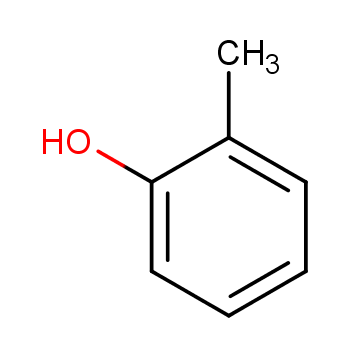
 EN
EN












